Chemicals list & Research Gallery
CAS number: 58338-59-3
Dinaline is an experimental anticancer agent that was investigated for its potential to treat certain types of tumors and leukemia. It belongs to a class of lipophilic substances derived from N-acyl-o-phenylenediamine.
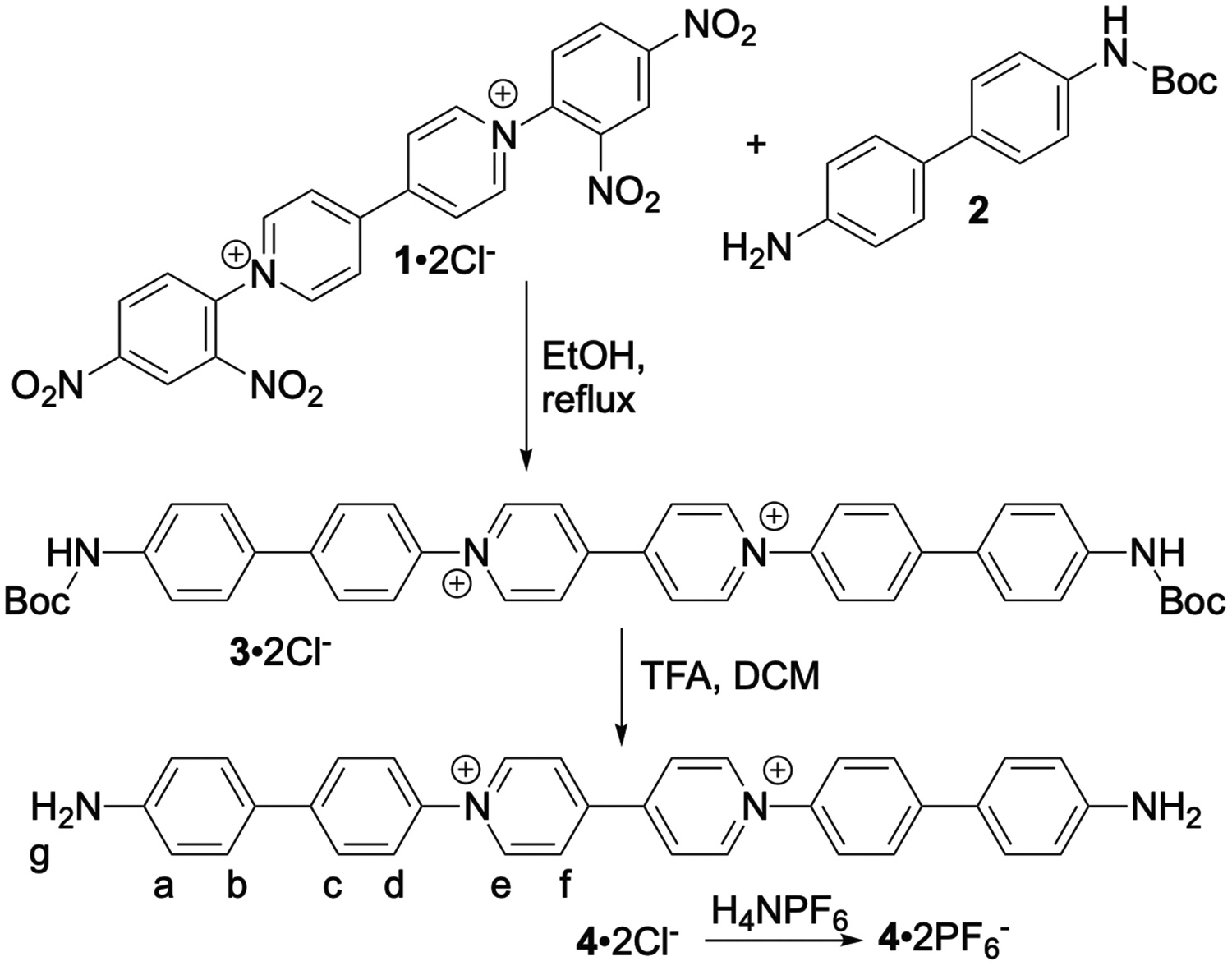
Synthesis of dianiline ligand 4 as its chloride and PF6 salts.
CAS number: 58393-80-9
3,3'-(1,4-Phenylene)bis(2-phenylacrylonitrile) is a type of organic molecule known as an acrylonitrile derivative that has applications in the field of organic electronics, particularly as a component of organic thin-film transistors (OTFTs).
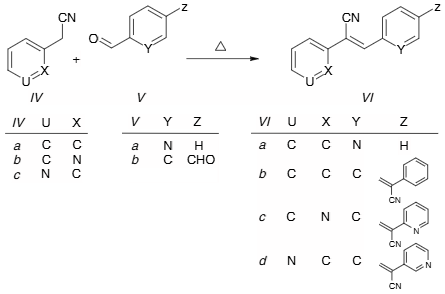
Synthesis of 2-phenyl-3-(pyridin-2-yl)acrylonitrile VIa, 3,3'-(1,4-phenylene)bis(2-phenylacrylonitrile) VIb, 3,3'-(1,4-phenylene)bis(2-(pyridin-2-yl)acrylonitrile) VIc, and 3,3'-(1,4-phenylene)bis(2-(pyridin-3-yl)acrylonitrile) VId.
CAS number: 585-18-2
D-erythrose 4-phosphate is an erythrose phosphate that is D-erythrose carrying a phosphate group at position 4. It is an intermediate in the pentose phosphate pathway and Calvin cycle. It has a role as a human metabolite, an Escherichia coli metabolite and a mouse metabolite. It is functionally related to a D-erythrose. It is a conjugate acid of a D-erythrose 4-phosphate(2-).
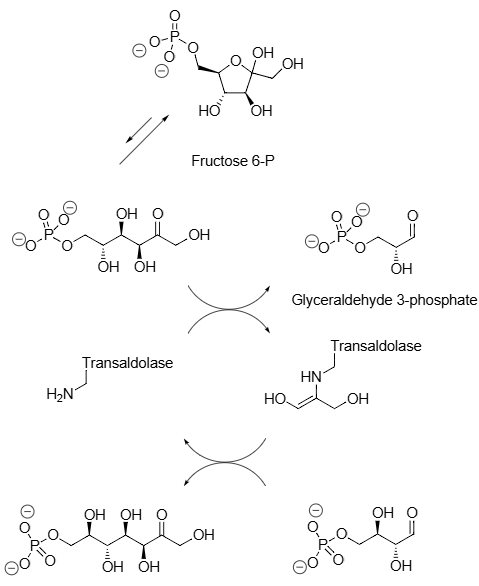
Natural reactions catalyzed by transaldolases: Erythrose 4-phosphate, Sedoheptulose 7-phosphate, Glyceraldehyde 3-phosphate.
CAS number: 585543-15-3
Losmapimod is an orally bioavailable inhibitor of the alpha and beta isoforms of p38 mitogen-activated protein kinase (MAPK), with potential immunomodulating and anti-inflammatory activities. Upon oral administration, losmapimod inhibits the activity of p38alpha/beta MAPK, thereby preventing p38alpha/beta MAPK-mediated signaling. This may result in the inhibition of the production of proinflammatory cytokines. p38 MAPK, a serine/threonine protein kinase, plays an important role in regulating the transcription and translation of cytokines involved in inflammation including tumor necrosis factor alpha (TNF-alpha) and interleukin (IL)-1, IL-6 and IL-8.
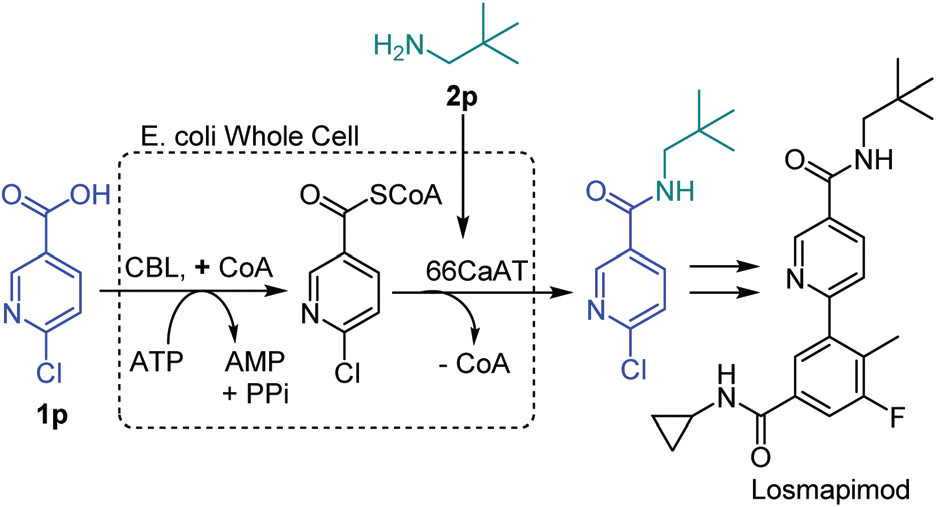
In vivo production of a key amide intermediate in the synthesis of Losmapimod.
CAS number: 58749-22-7
Licochalcone A is a derivative of the phenol chalconoid, found in and extracted from the roots of Glycyrrhiza species G. glabra and inflata, with potential anti-inflammatory, antibacterial, and anticancer activities. Upon administration, licochalcone A inhibits the phosphatidylinositol-3-kinase/Akt/mammalian target of rapamycin (PI3K/Akt/mTOR) signaling pathway and inhibits the activity of c-Jun N-terminal kinase 1 (JNK-1), a member of the mitogen-activated protein kinase (MAPK) family that plays a role in the MAPK-mediated signaling pathway. Inhibition of the PI3K/Akt/mTOR- and MAPK-signaling pathways induces cell cycle arrest and apoptosis, decreases migration and invasion of cancer cells, and inhibits tumor cell proliferation. Licochalcone A also prevents the production of reactive oxygen species (ROS), and reduces oxidative stress through the nuclear factor-erythroid 2-related factor 2 (Nrf2) pathway.
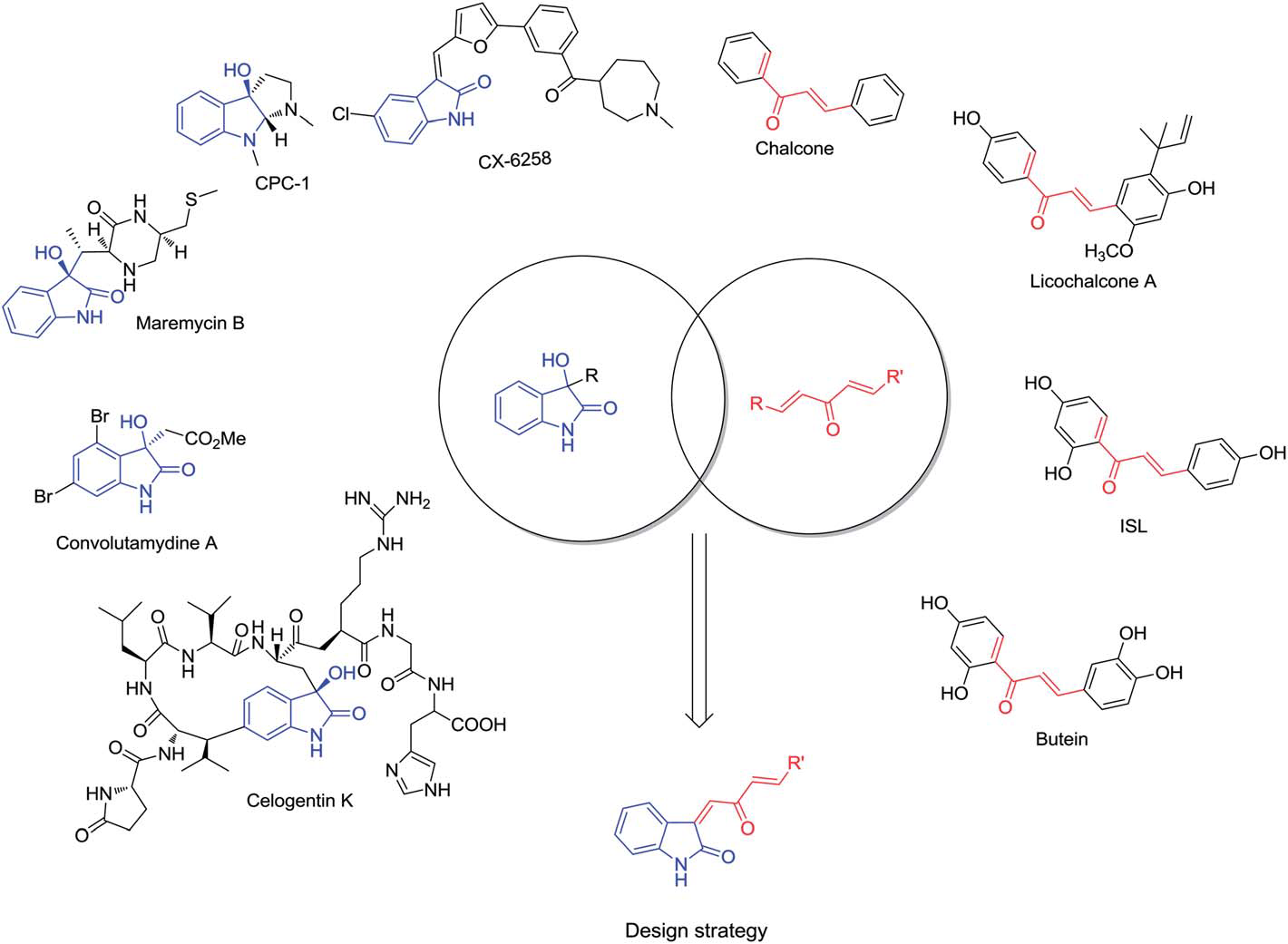
Biologically important molecules containing C3-functionalized oxindoles or a,b-unsaturated ketones, and the design strategy of combinatorial chemistry for new compound.
CAS number: 58880-19-6
Trichostatin A is an antibiotic antifungal agent, a trichostatin and a hydroxamic acid. It has a role as a bacterial metabolite, a geroprotector and an EC 3.5.1.98 (histone deacetylase) inhibitor. It is functionally related to a (R)-trichostatic acid.
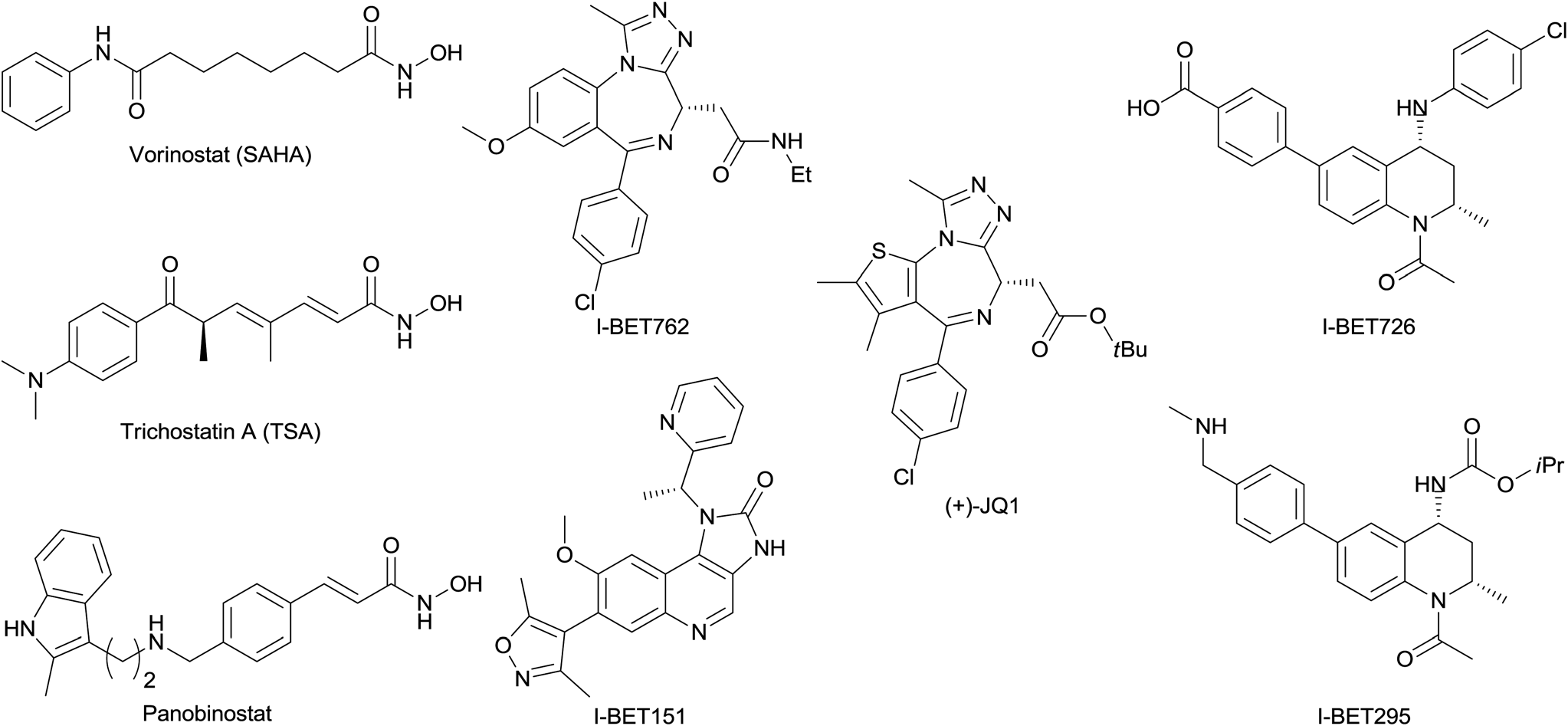
Structures of selected published BET inhibitors and selected hydroxamic acid HDAC inhibitors.
CAS number: 58957-92-9
Idarubicin is a monosaccharide derivative, an anthracycline antibiotic and a deoxy hexoside. It derives from a hydride of a tetracene.

Structures of L-daunosamine 1, L-3-epi-daunosamine 2, L-ristosamine 3, L-acosamine 4, and the anthracycline antibiotics daunorubicin 5, doxorubicin 6, carubicin 7, idarubicin 8, and epirubicin 9.
CAS number: 59-02-9
In 1922, vitamin E was demonstrated to be an essential nutrient. Vitamin E is a term used to describe 8 different fat soluble tocopherols and tocotrienols, alpha-tocopherol being the most biologically active. Vitamin E acts as an antioxidant, protecting cell membranes from oxidative damage.
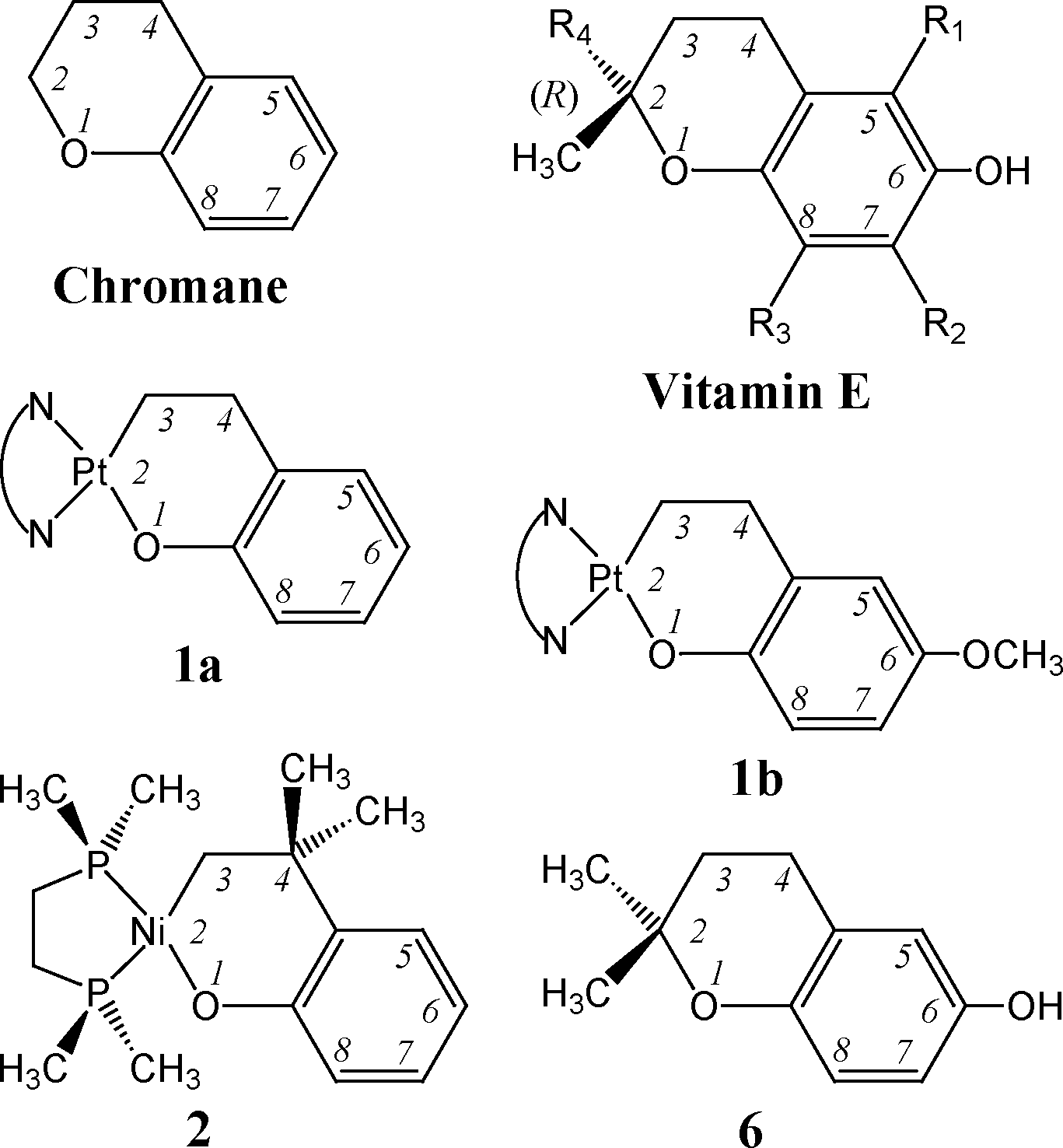
Structure of chromane, vitamin E (tocopherols and tocotrienols
CAS number: 59-23-4
Galactose, a member of a group of carbohydrates known as simple sugars (monosaccharides), is a naturally occurring monosaccharide that forms the disaccharide lactose when combined with glucose (another monosaccharide).

The chiral diphosphite ligands with the pyranoside backbone of galactose (L1 and L2) and glucose (L3 and L4).
CAS number: 59-48-3
Indolin-2-one is an indolinone carrying an oxo group at position 2. It is an indolinone and a gamma-lactam.
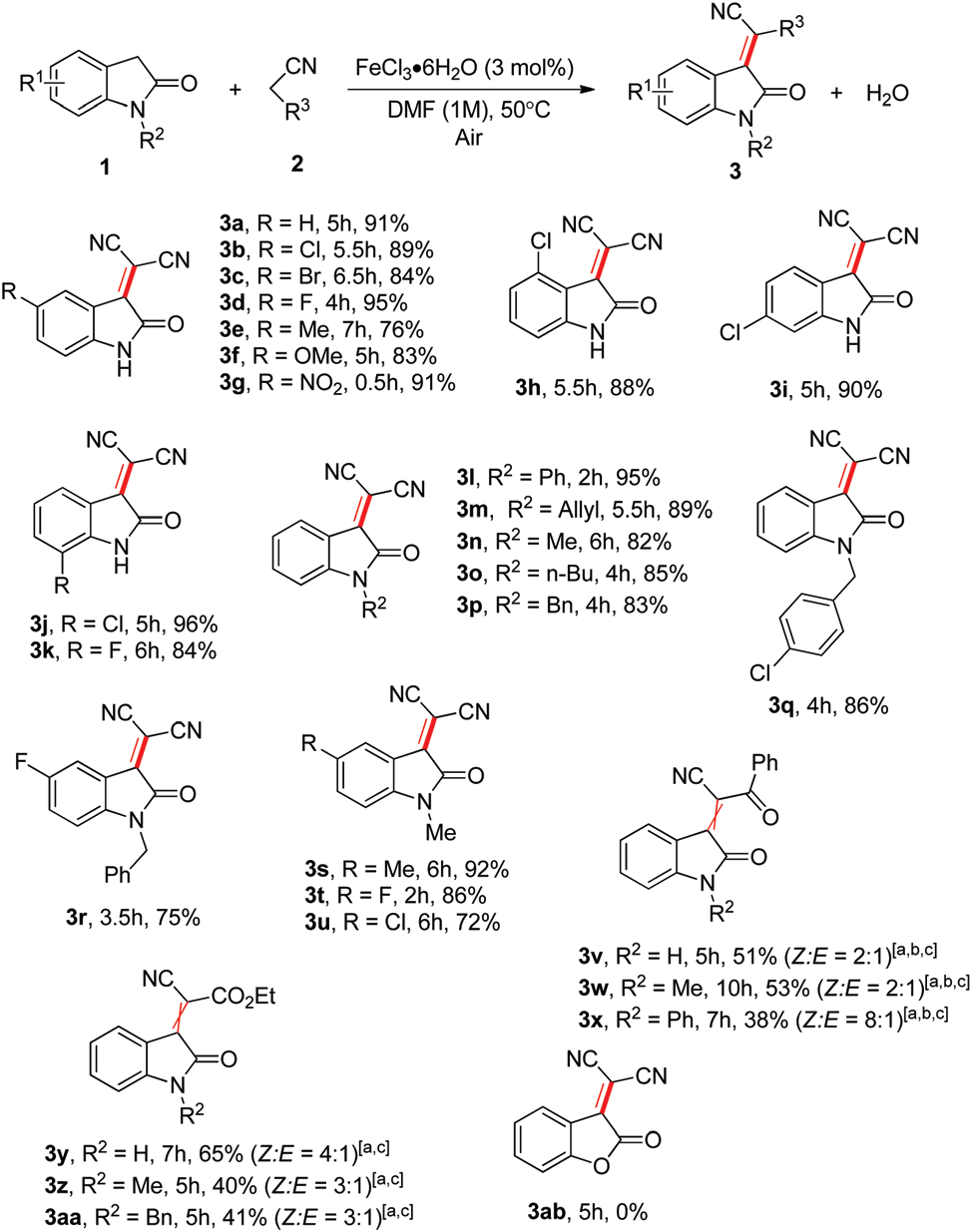
Substrate scopes of indolin-2-ones with nitriles.